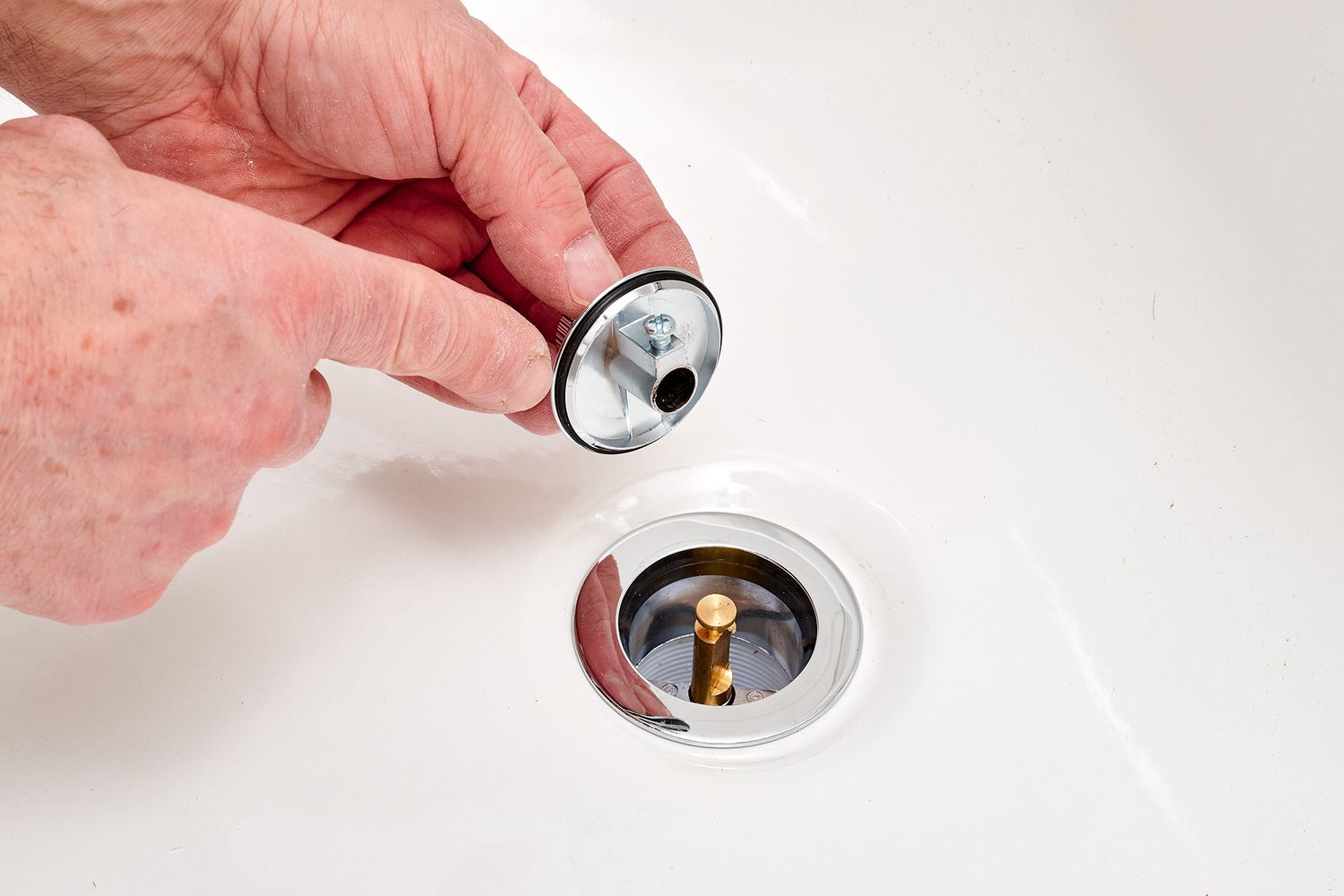

Articles
How To Fix Sink Stopper
Modified: December 7, 2023
Learn how to fix sink stopper with these helpful articles.
(Many of the links in this article redirect to a specific reviewed product. Your purchase of these products through affiliate links helps to generate commission for Storables.com, at no extra cost. Learn more)
Introduction
Having a sink stopper that is not functioning properly can be a frustrating experience. Whether it’s a bathroom sink or a kitchen sink, a faulty stopper can lead to water pooling in the sink, causing inconvenience and potential damage. Fortunately, fixing a sink stopper is a task that you can easily tackle on your own, without the need for professional help.
In this article, we will guide you through the step-by-step process of fixing a sink stopper. Whether you need to adjust the stopper mechanism or replace it altogether, we have you covered. By following these instructions and using the right tools and materials, you can restore your sink’s functionality and prevent further issues.
So, gather your tools and let’s get started on fixing your sink stopper!
Key Takeaways:
- Easily fix sink stopper issues by following simple DIY steps, from removing and cleaning the stopper to adjusting or replacing the mechanism. Save time and money by tackling this task on your own.
- Ensure proper functionality of your sink stopper by testing it after reassembly. With the right tools and materials, you can restore your sink’s efficiency and prevent future drainage issues.
Read more: How To Install A Sink Stopper
Tools and Materials Needed
Before starting the process of fixing your sink stopper, gather the following tools and materials:
- Adjustable wrench
- Plunger
- Screwdriver
- Bucket or towels
- Plumbing tape
- Replacement stopper (if necessary)
- Rubber gloves
- Plumbing snake (optional)
These tools and materials will help you with the different steps involved in fixing your sink stopper. The adjustable wrench will be useful for removing and adjusting various parts of the stopper mechanism. The plunger can be used to clear any clogs in the drains. The screwdriver will come in handy for removing screws or prying open parts, if needed.
Using a bucket or towels to catch any water that may spill during the process is essential to prevent mess and water damage. Plumbing tape is useful for creating a tight seal when reassembling parts. If your stopper is damaged beyond repair, you may need to purchase a replacement stopper that matches the size and type of your sink.
Lastly, wearing rubber gloves is recommended to protect your hands from any dirt, grime, or potentially harmful substances that you may encounter while working on your sink stopper. If you have a particularly stubborn clog, a plumbing snake can help in clearing it by reaching further down the drain.
Having these tools and materials on hand will ensure that you are well-prepared to tackle the task of fixing your sink stopper.
Step 1: Remove the Sink Stopper
The first step in fixing your sink stopper is to remove it from the drain. Follow these instructions:
- Locate the rod connected to the back of the sink stopper underneath the sink. It may be connected to a lever or a pull handle.
- Using an adjustable wrench, loosen the nut or clamp that holds the rod in place.
- Once the rod is disconnected, you can now remove the stopper by pulling it out from the top of the sink.
- If the stopper is stuck, you may need to use a screwdriver to gently pry it loose. Be careful not to damage the sink or the stopper.
Once you have successfully removed the sink stopper, inspect it for any signs of damage or debris. Clean the stopper using warm water and mild soap. You can also use a vinegar solution to remove any build-up or residue. Make sure the stopper is clean and free from any obstructions before moving on to the next step.
Remember to keep the sink drain covered or blocked while working on the stopper to prevent any small parts from accidentally falling into the drain.
With the sink stopper removed and cleaned, you are now ready to move on to the next step: inspecting and cleaning the stopper and drain.
Step 2: Inspect and Clean the Stopper and Drain
Once you have removed the sink stopper, it is essential to inspect and clean both the stopper and the drain. This step will help ensure that there are no obstructions or debris causing the stopper to malfunction. Follow these instructions:
- Examine the stopper for any signs of damage, such as cracks or worn-out parts. If the stopper is damaged beyond repair, you may need to replace it.
- Clean the stopper thoroughly by scrubbing it with a toothbrush or a small brush. Use warm water and mild soap to remove any grime or build-up. Pay special attention to removing any hair, soap scum, or other debris that may be trapped in the stopper mechanism.
- Inspect the sink drain for any clogs or obstructions. If you notice standing water in the sink, there may be a blockage in the drain. Use a plunger to remove any minor clogs. If the clog persists, you can try using a plumbing snake to dislodge it.
- Clear any debris or gunk from the drain using a plumber’s snake or a wire hanger. Insert the snake into the drain and twist it clockwise to catch any obstructions. Pull out the snake, along with any debris that may have been causing the clog.
- Run hot water through the drain to flush away any remaining residue or particles. This will help ensure that the drain is clear and free-flowing.
By inspecting and cleaning both the stopper and the drain, you are taking proactive steps to eliminate any potential causes of the stopper’s malfunction. This will improve the overall functionality of the sink stopper and prevent future issues.
Once you have completed the inspection and cleaning process, you can now proceed to adjust or replace the stopper mechanism in the next step.
To fix a sink stopper, start by removing the stopper and cleaning any debris. Check for any damage or wear and tear, and replace any worn parts as needed. Reassemble the stopper and test to ensure it is working properly.
Step 3: Adjust or Replace the Stopper Mechanism
If your sink stopper is still not functioning properly after cleaning and inspecting it, it may be necessary to adjust or replace the stopper mechanism. Follow these instructions:
- Locate the adjustment mechanism for the stopper, which is usually found underneath the sink. It may be a lever, a dial, or a set of screws.
- If the stopper is not sealing properly or is too loose, you can try adjusting the mechanism to achieve a better fit. This can be done by tightening or loosening the screws or turning the dial in the desired direction.
- Test the stopper’s functionality by pushing it down and pulling it up. It should seal the drain completely when closed and open smoothly when lifted.
- If adjusting the stopper mechanism does not solve the issue, it may be necessary to replace the stopper altogether. Remove the old stopper by following the instructions in Step 1.
- Take the old stopper with you to a hardware store or home improvement center to ensure that you find the right replacement. Look for a stopper that matches the size and style of your sink.
- Install the new stopper by inserting it into the drain and connecting the rod underneath the sink. Use an adjustable wrench to tighten the nut or clamp securely.
By adjusting or replacing the stopper mechanism, you can restore proper functionality to your sink stopper. This step allows for a better fit, preventing water from escaping the sink and improving the overall efficiency of the drain.
Once you have adjusted or replaced the stopper mechanism, you are ready to reassemble the sink stopper in the next step.
Read more: How To Get The Sink Stopper Out
Step 4: Reassemble the Sink Stopper
Now that you have fixed or replaced the stopper mechanism, it’s time to reassemble the sink stopper. Follow these instructions:
- Insert the sink stopper back into the drain, ensuring that it sits securely and covers the entire opening.
- Connect the rod from the stopper to the adjustment mechanism underneath the sink. Use an adjustable wrench to tighten the nut or clamp, making sure that it is secure but not overly tight.
- Check the movement of the stopper by lifting and lowering it. It should move smoothly and stay in place when closed.
- If necessary, make any final adjustments to the stopper mechanism to ensure a proper fit. This may involve tightening or loosening screws or making minor tweaks to the adjustment mechanism.
Pay close attention to the alignment and positioning of the sink stopper as you reassemble it. Proper alignment will ensure that the stopper functions effectively and prevents water from flowing down the drain when closed.
Once you have reassembled the sink stopper, your sink should be ready for testing in the next step.
Step 5: Test the Stopper’s Functionality
After reassembling the sink stopper, it’s important to test its functionality to ensure that it is working properly. Follow these instructions:
- Fill the sink with some water, enough to cover the drain and the stopper. Allow the water to accumulate for a few moments.
- Push the sink stopper down to seal the drain completely. Make sure it forms a tight seal and prevents any water from passing through.
- Let the water sit in the sink for a few minutes to see if there are any leaks or signs of water escaping. Check under the sink as well to ensure that there are no leaks from the stopper mechanism.
- Release the sink stopper by pulling it up or lifting the adjustment lever. The water should drain smoothly without any obstructions or slow drainage.
- Repeat this process a few times to ensure consistent and reliable functionality of the sink stopper.
If the sink stopper passes the functionality test and operates as expected, congratulations! You have successfully fixed your sink stopper. However, if you encounter any issues, such as leaks or improper sealing, you may need to revisit the previous steps and make further adjustments or consider replacing the stopper.
Remember to keep an eye on the sink stopper’s performance over time. If you notice any recurring problems, it may be necessary to perform maintenance or seek professional assistance.
By testing the stopper’s functionality, you can ensure that your sink is functioning properly and prevent any future issues with water drainage.
Conclusion
Fixing a sink stopper is a task that can be easily accomplished with a little bit of knowledge and the right tools. By following the step-by-step instructions outlined in this article, you can solve common issues with sink stoppers and restore the functionality of your sink.
Remember to start by removing the sink stopper and thoroughly inspecting and cleaning both the stopper and the drain. By doing so, you can eliminate any debris or obstructions that may be causing the stopper to malfunction. If needed, adjust or replace the stopper mechanism to achieve a better fit and ensure proper sealing.
Reassembling the sink stopper is the next step, with careful attention to alignment and positioning. This step is crucial to ensure that the stopper functions effectively and prevents water from leaking into the drain when closed. Finally, test the stopper’s functionality by filling the sink with water and checking for any leaks or issues with drainage.
By following these steps and investing a little time and effort, you can save yourself the hassle and expense of calling a professional plumber to fix your sink stopper. Enjoy the convenience and functionality of a properly working sink stopper, and say goodbye to water pooling in your sink.
Remember to perform regular maintenance on your sink stopper to prevent future issues. Clean it regularly, and if any problems persist, do not hesitate to seek professional help for more complex repairs.
With the information provided in this article, you are now equipped with the knowledge to fix your sink stopper and enjoy the benefits of a fully functioning sink in your home.
Frequently Asked Questions about How To Fix Sink Stopper
Was this page helpful?
At Storables.com, we guarantee accurate and reliable information. Our content, validated by Expert Board Contributors, is crafted following stringent Editorial Policies. We're committed to providing you with well-researched, expert-backed insights for all your informational needs.
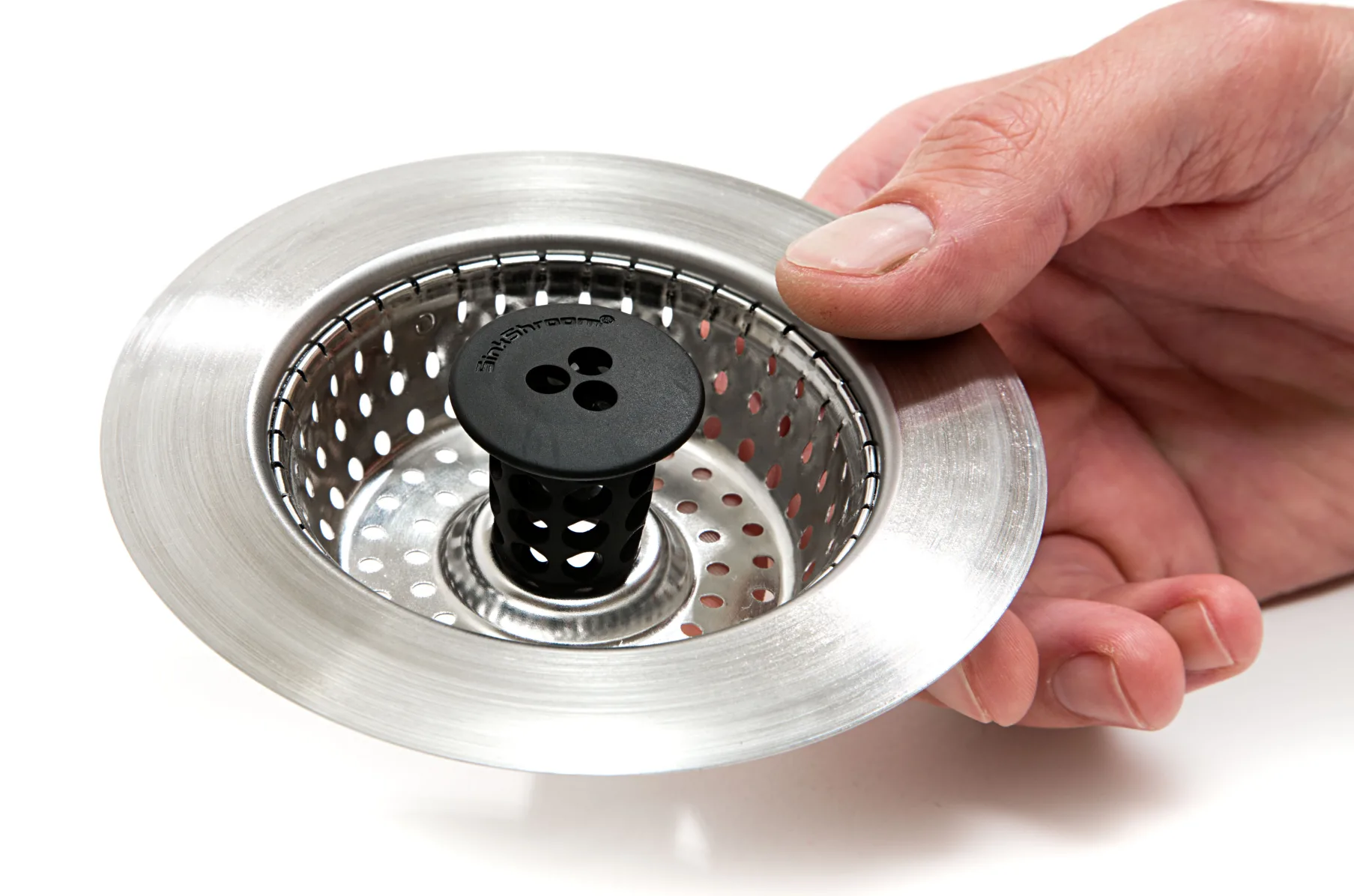
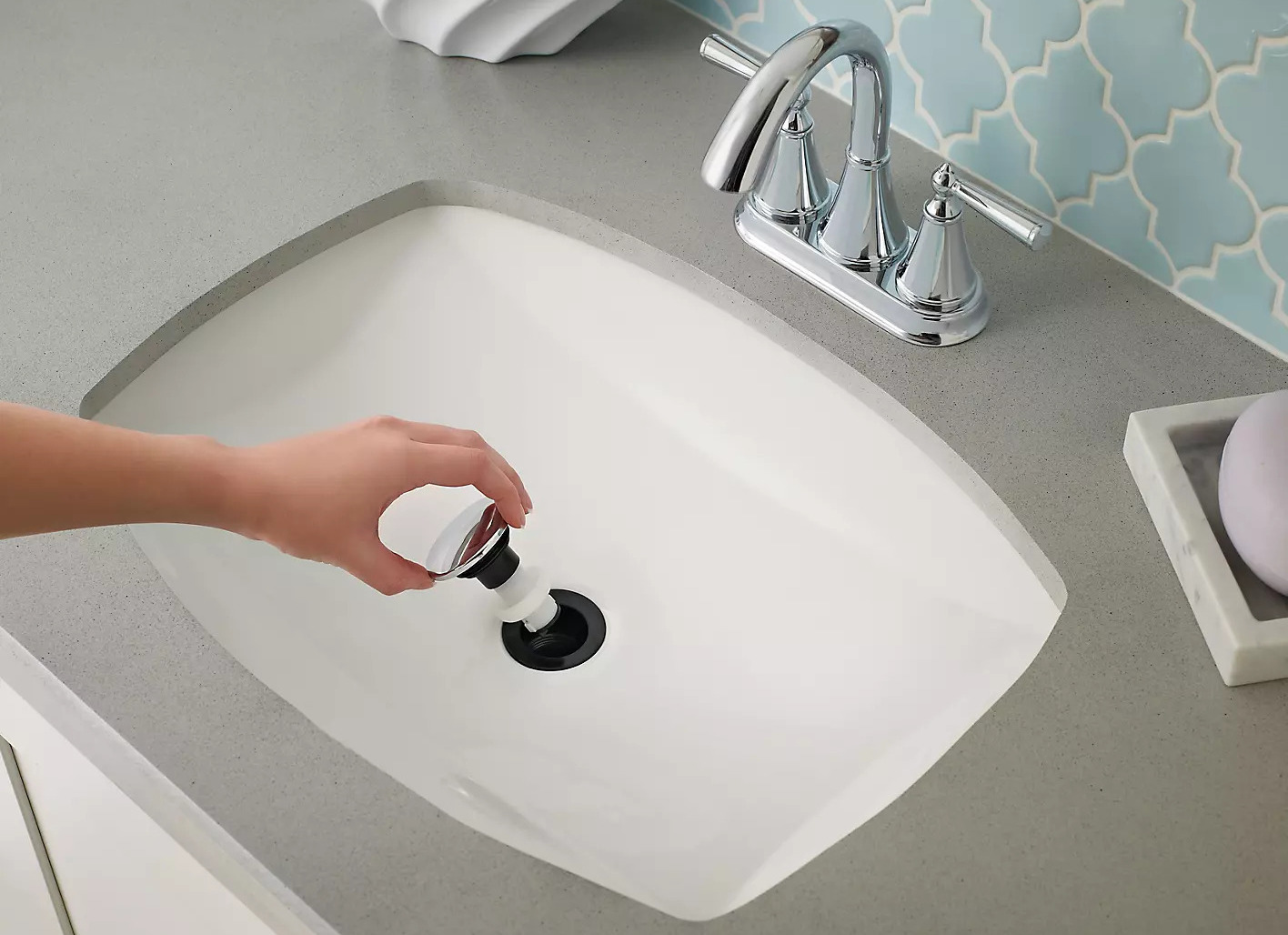
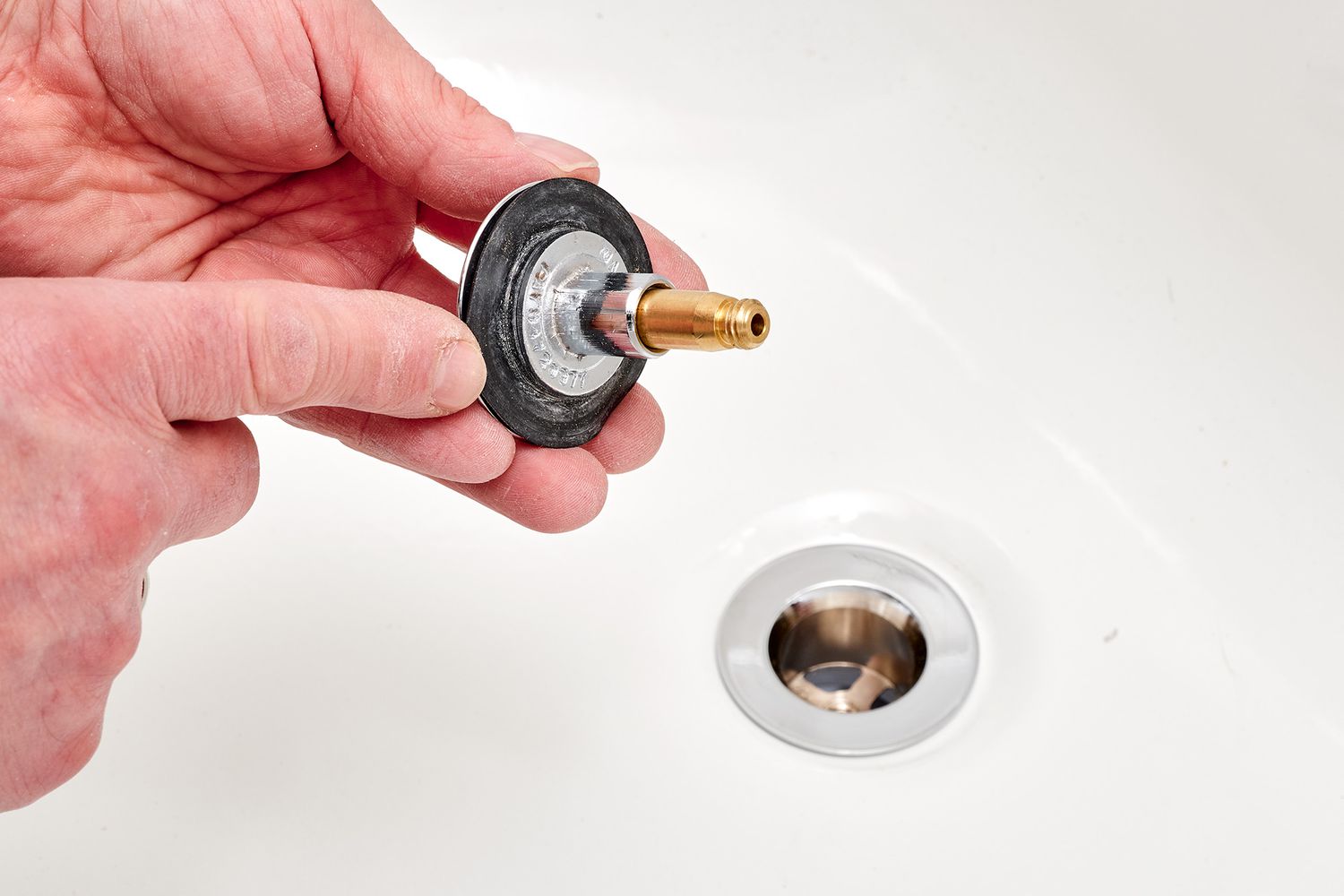
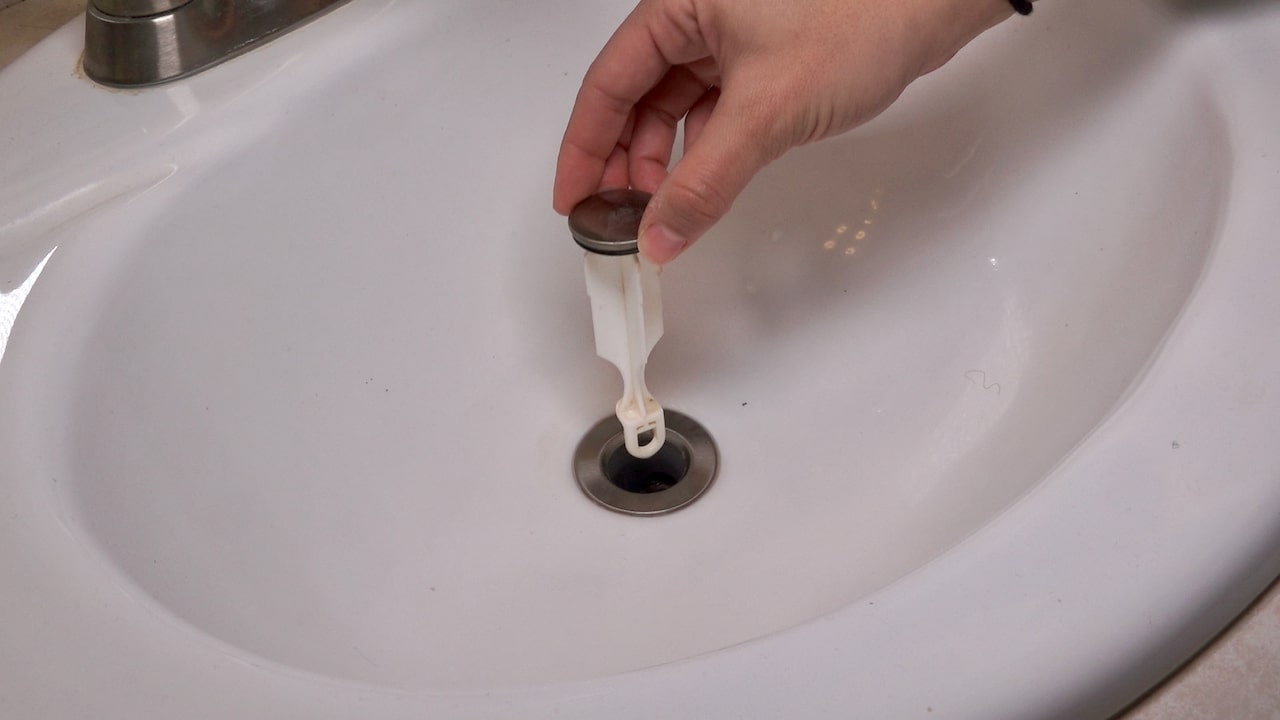
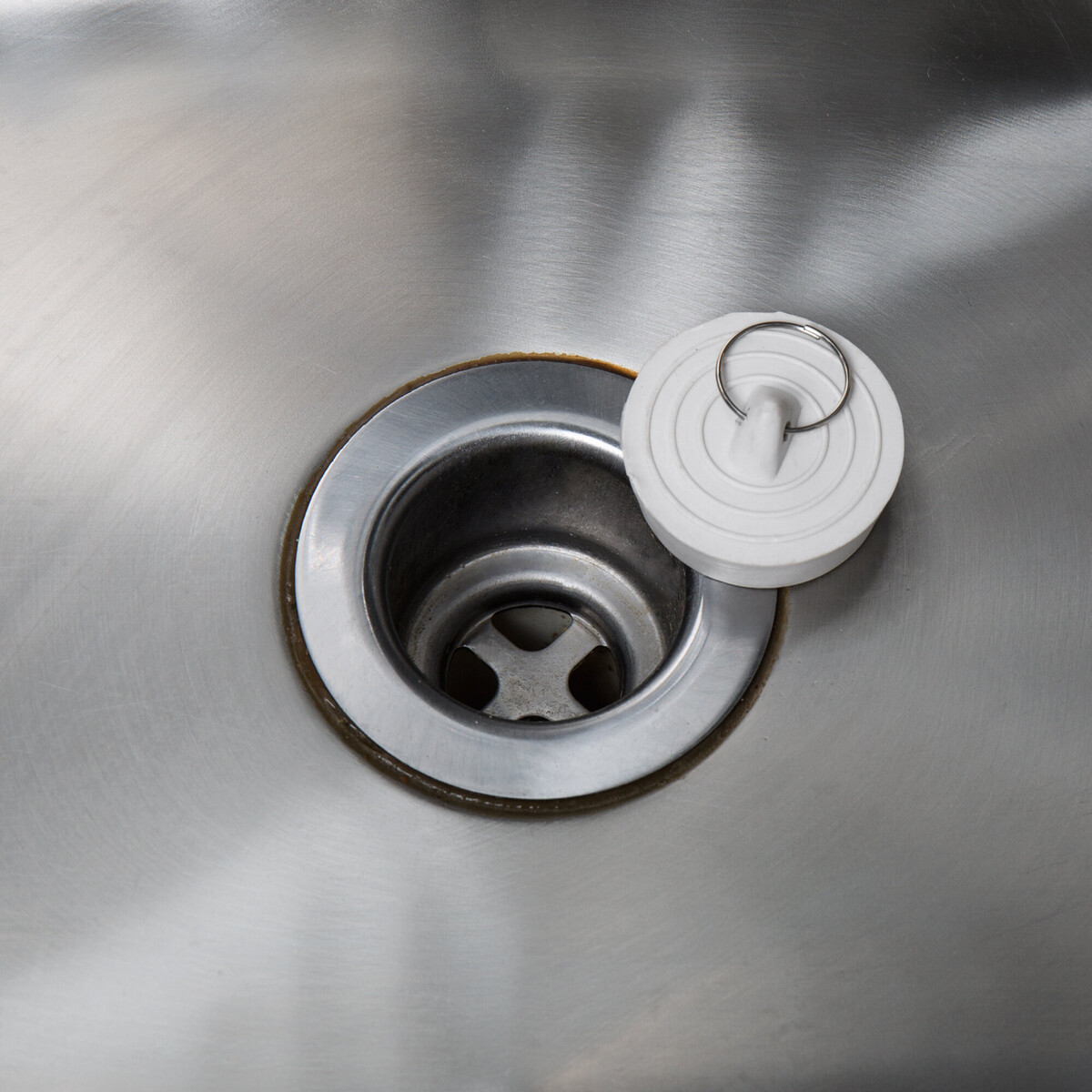
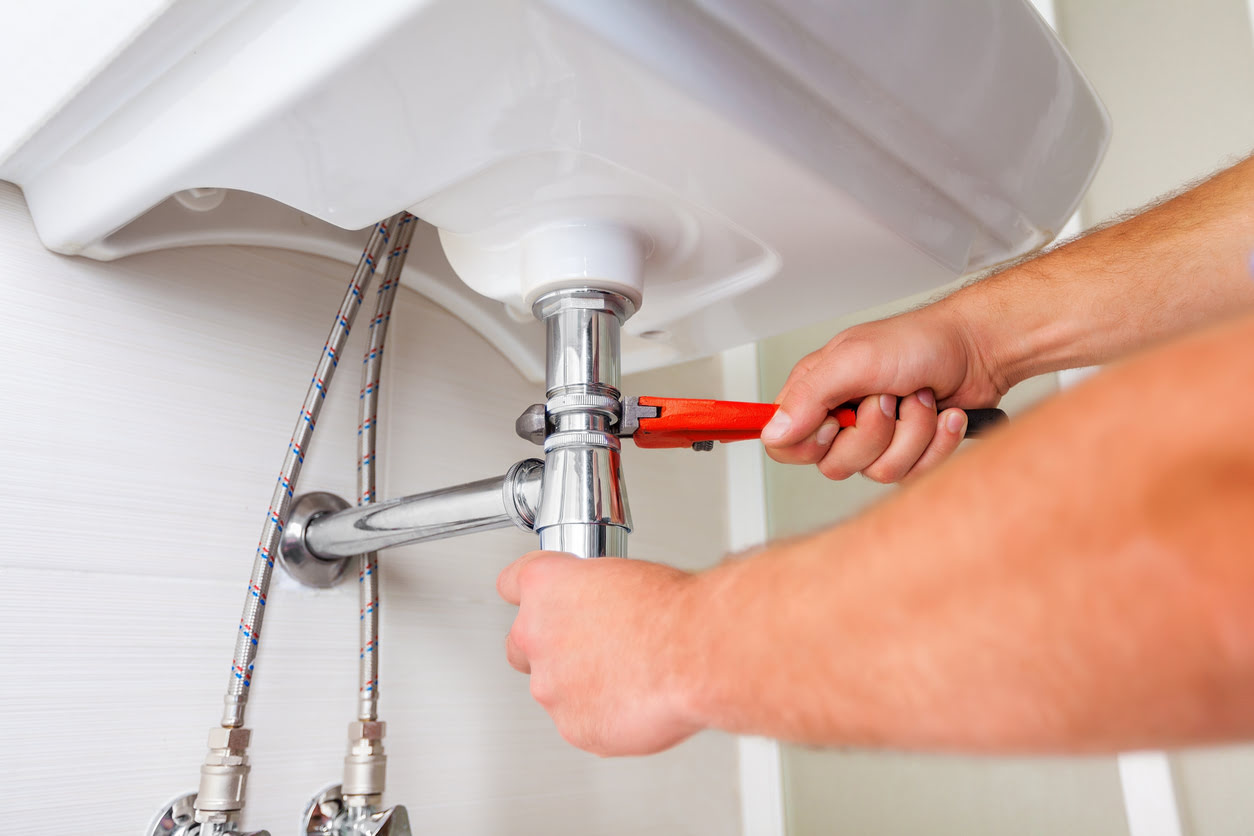
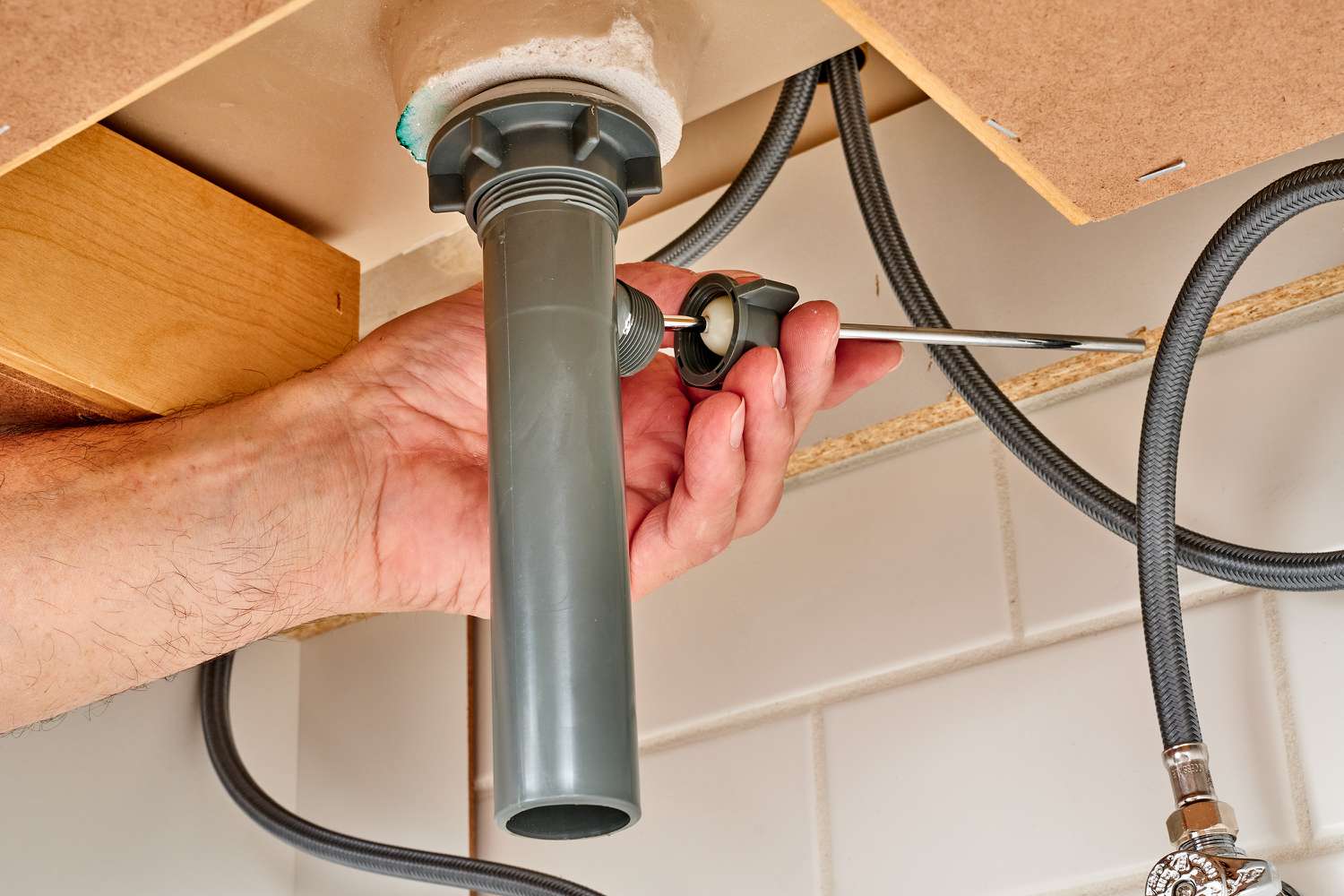
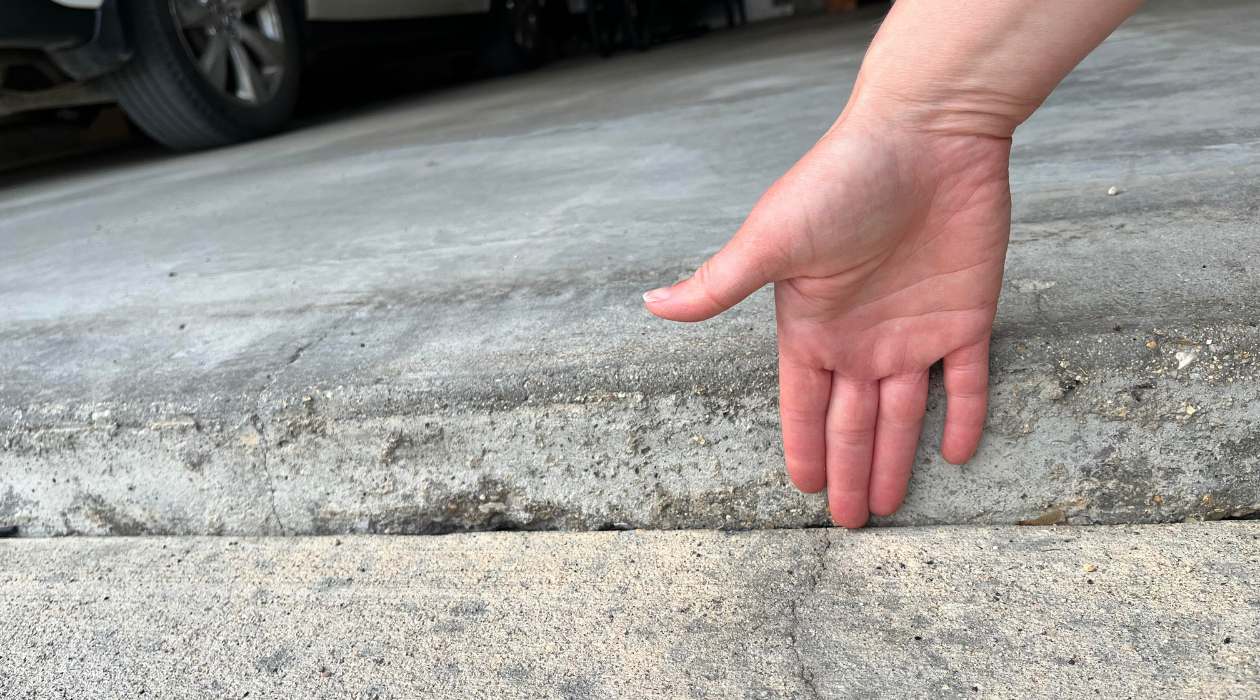
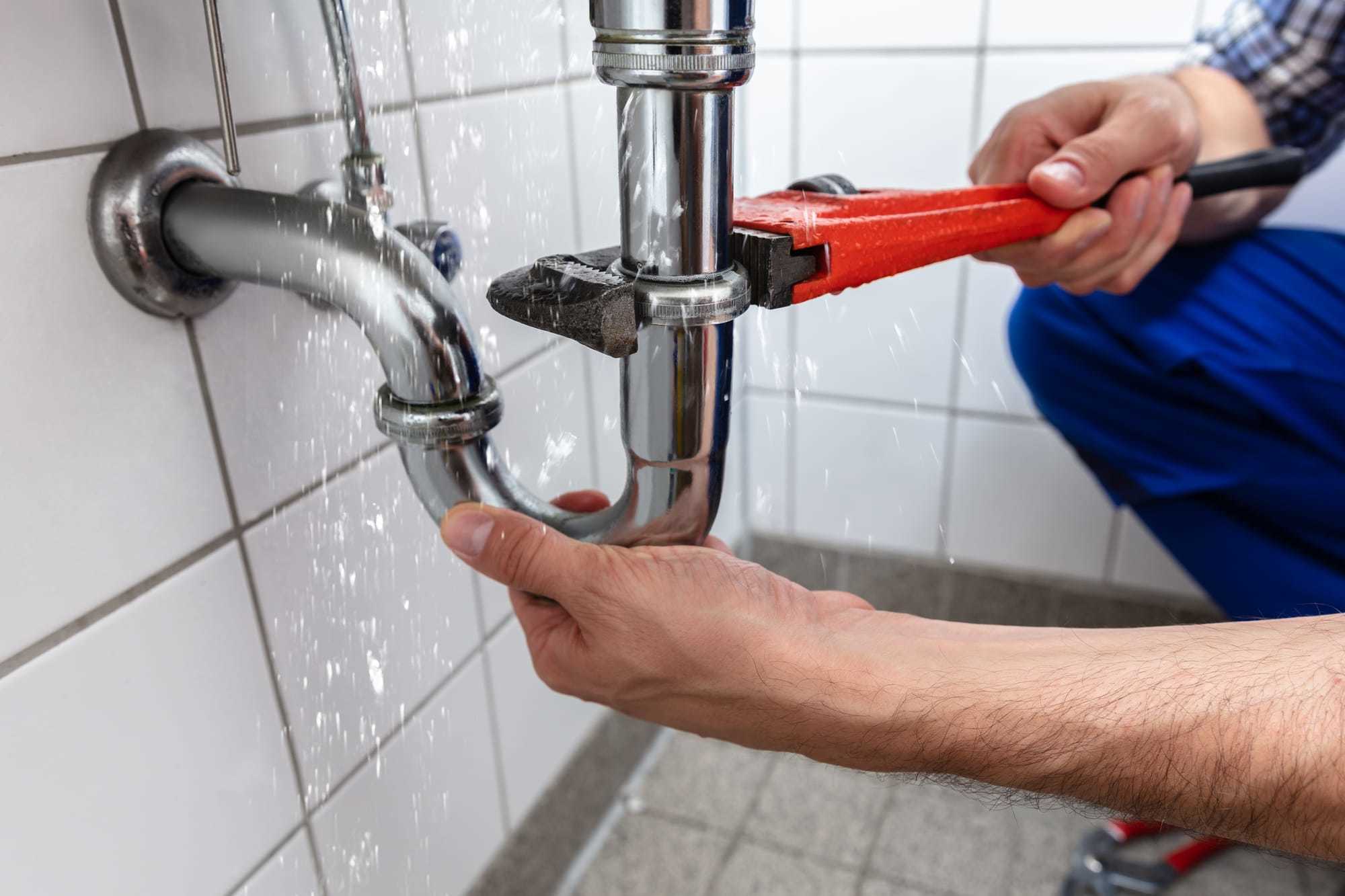
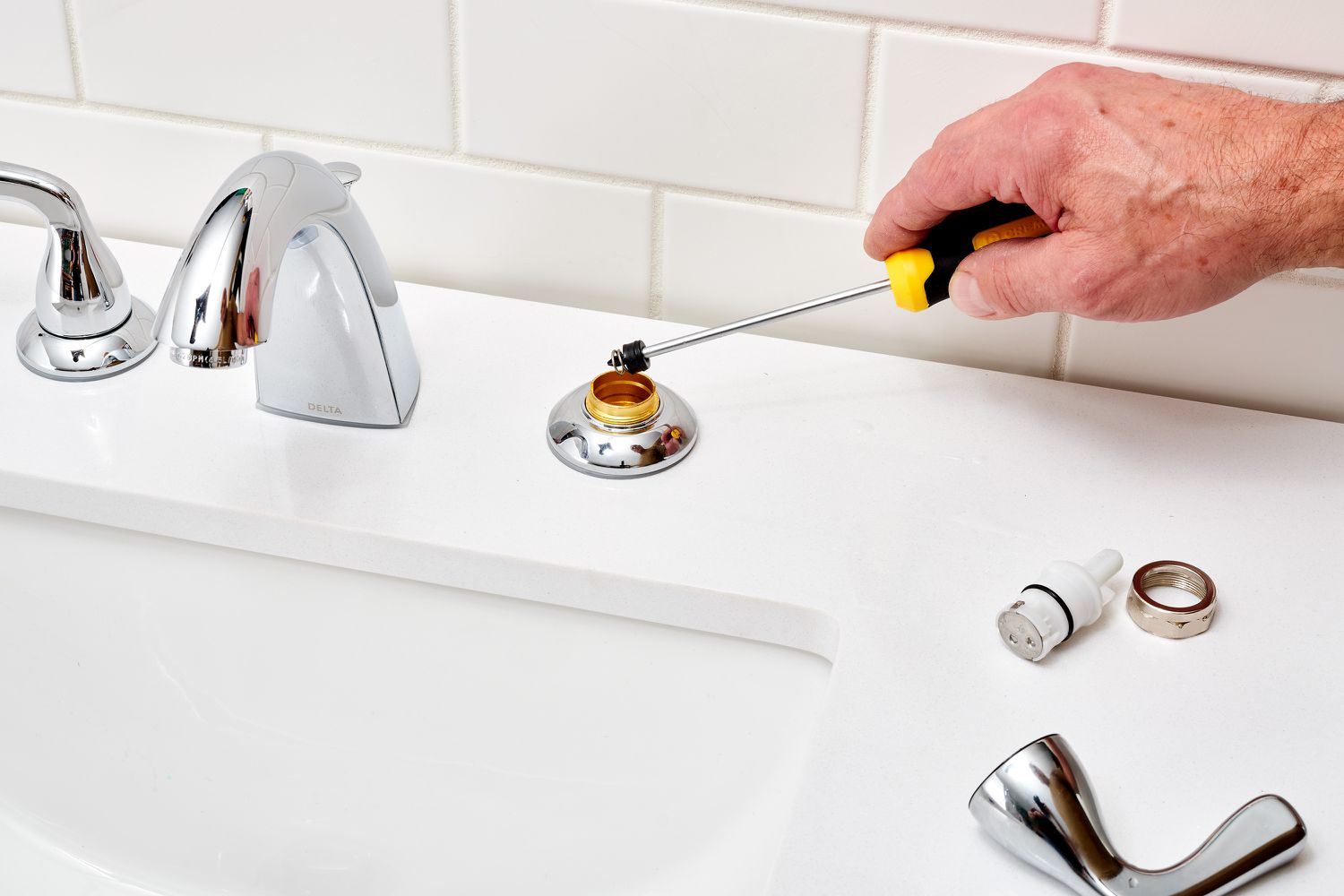
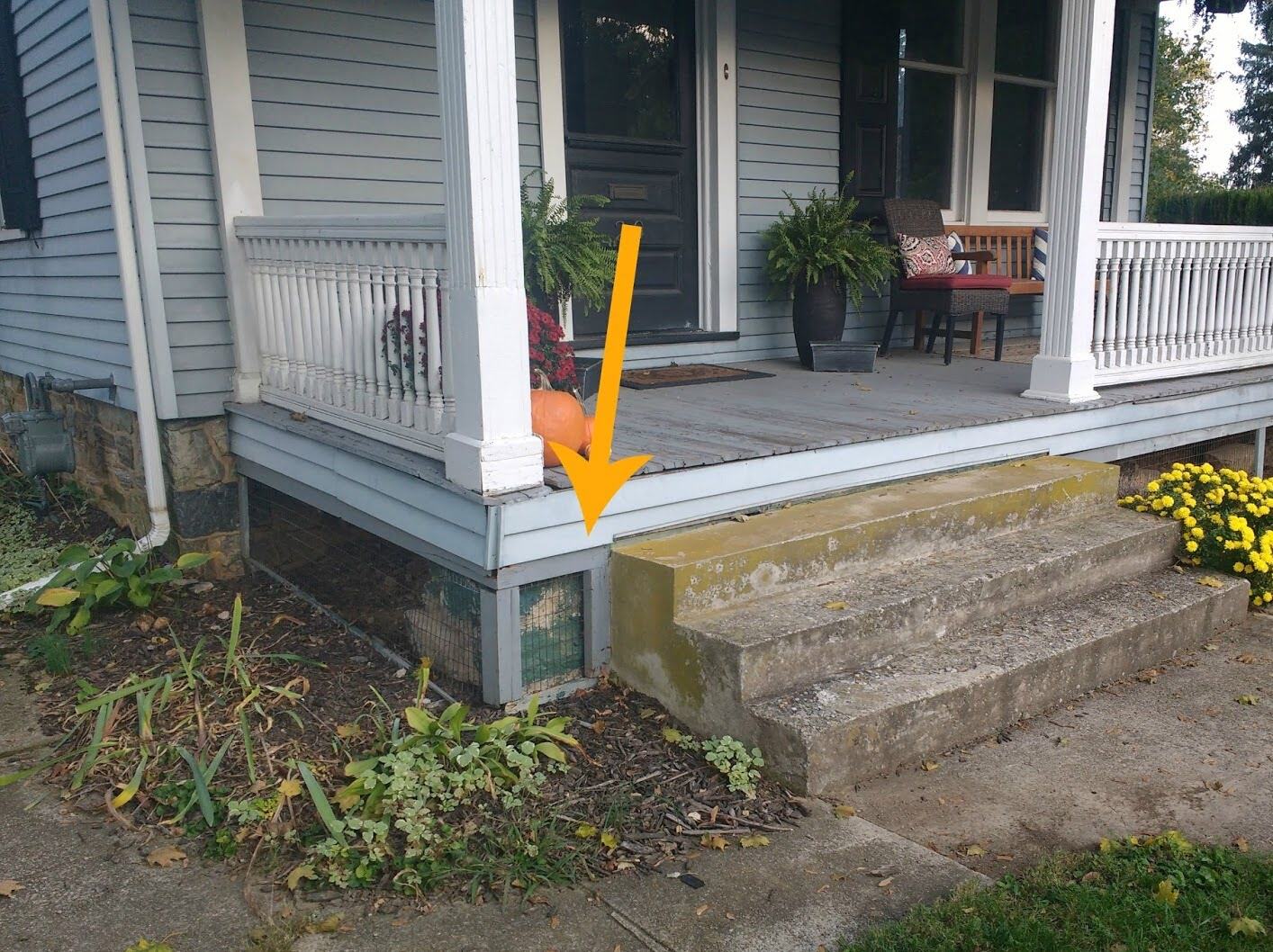
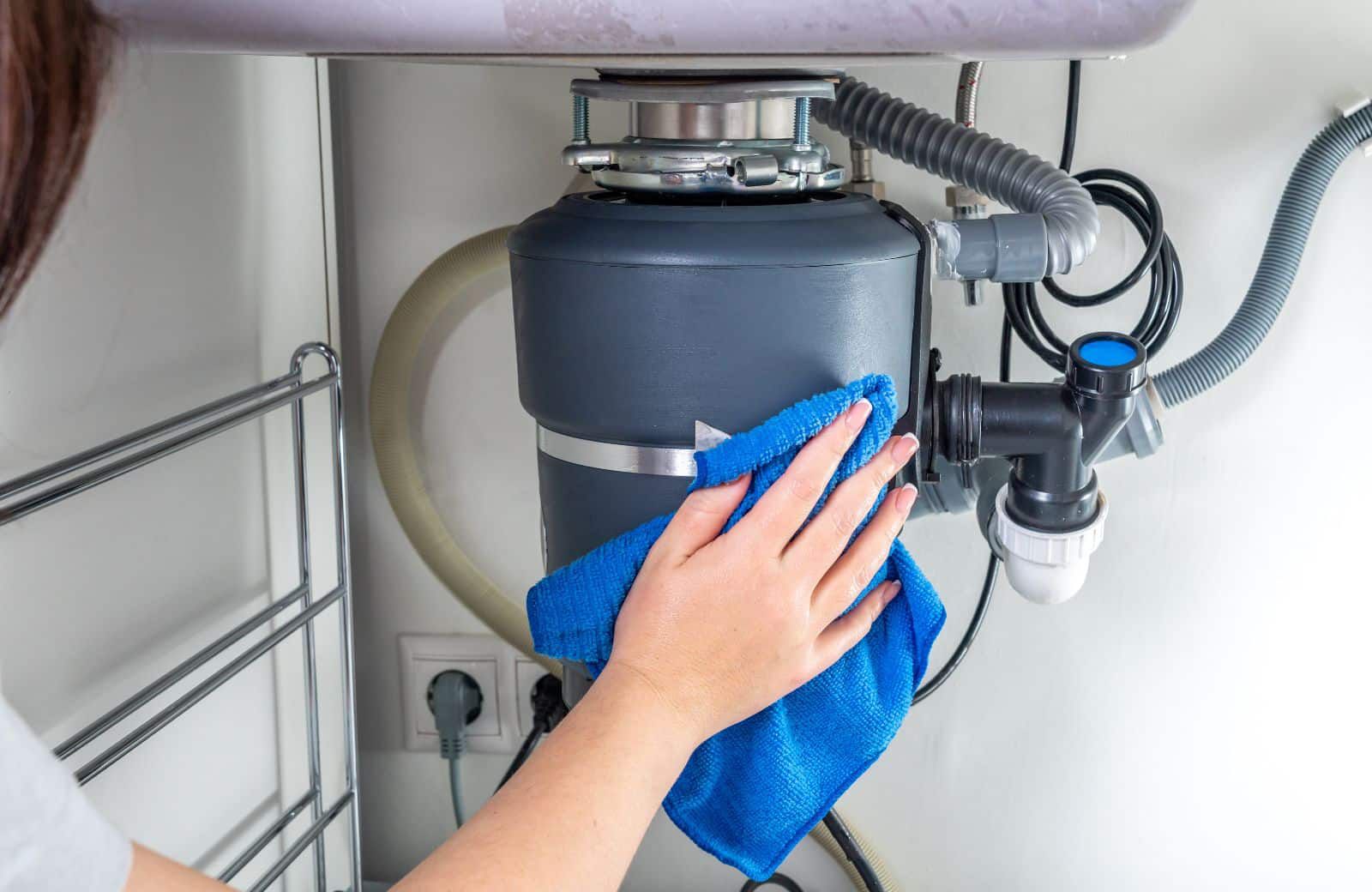
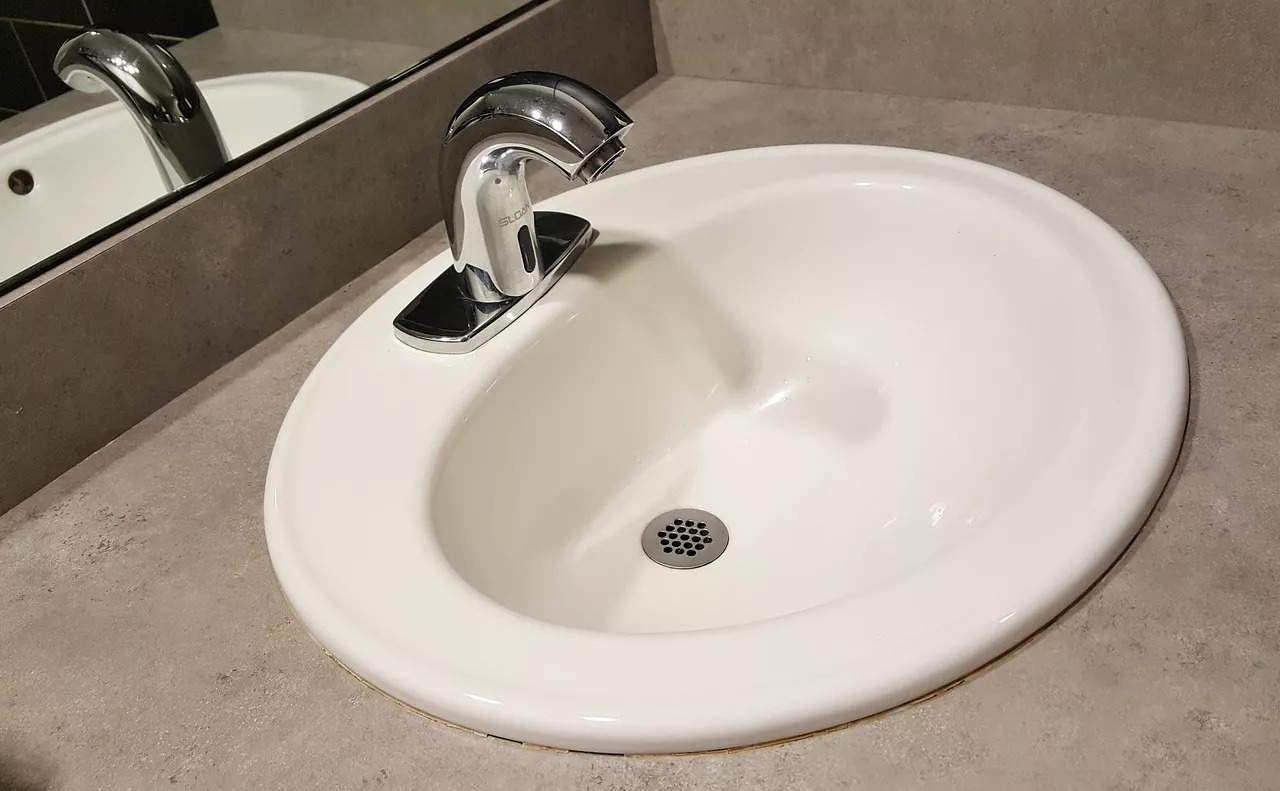
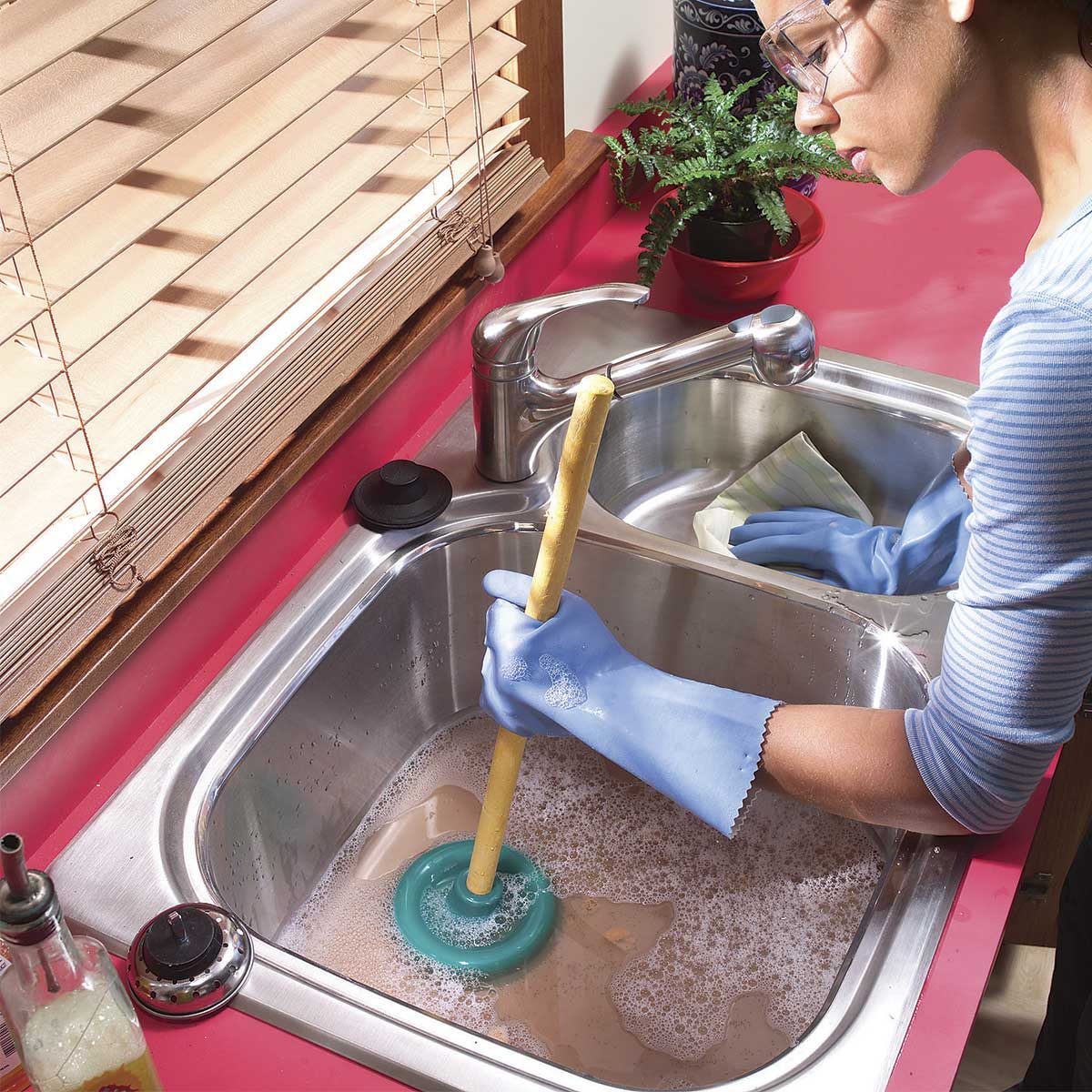

0 thoughts on “How To Fix Sink Stopper”